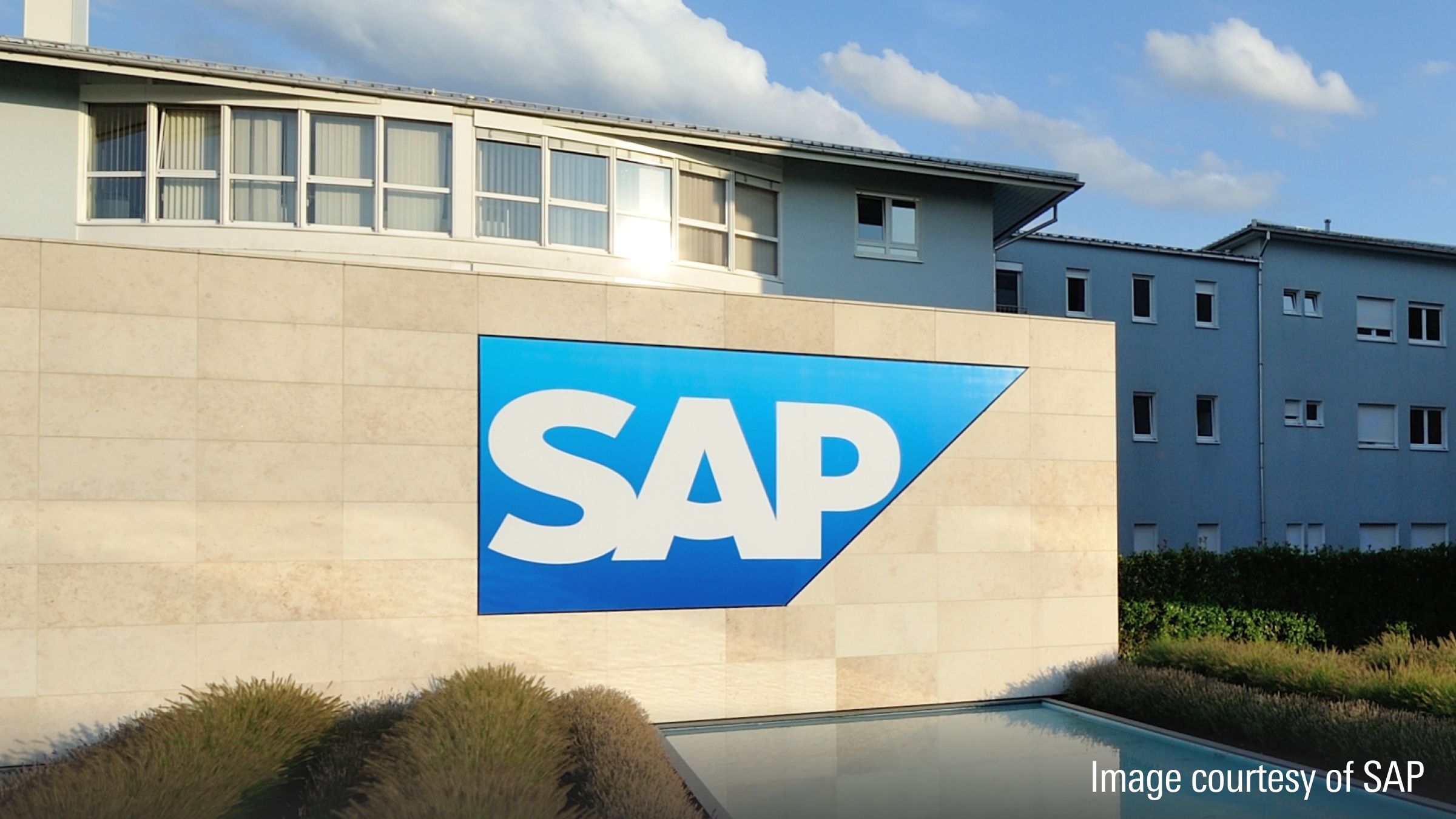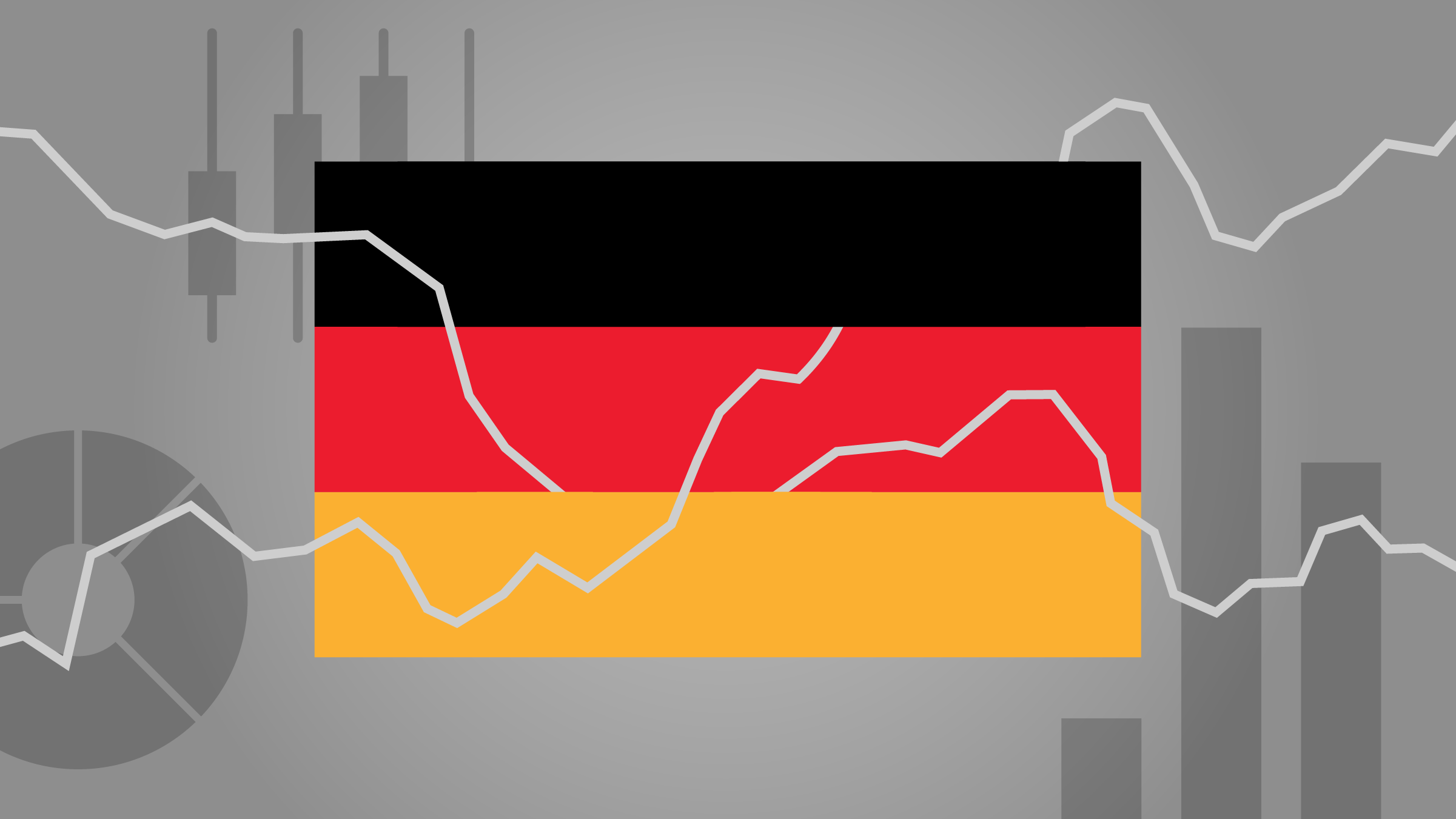Rolle im Portfolio
The Source STOXX Europe 600 Optimised Utilities ETF provides equity exposure to European domiciled utility companies. As it pertains to demand, utilities offer a direct investment into a regional economy’s growth, as it is literally impossible to export these essential services. However, the exposure gained through this ETF is not strictly limited to European demand but is driven by global economic forces. Companies like E.ON, ENEL and GDF Suez--the top three index constituents--are engaged in utility projects around the world.
The index’s constituents consist of both regulated utility providers and merchant power generators. Regulated utilities have historically provided stable dividends and returns. Merchant power generators, on the other hand, tend to have a wider variance of returns due to commodity price fluctuations. At the time of this writing, the non-optimised version of the reference index has exhibited a high level of correlation to the MSCI World (82%) and the STOXX Europe 600 (88%) indices over the past ten years.
Investors are often attracted to the utilities sector because it has historically produced strong, stable cash flows and dividends. As of this writing, the reference index has a current dividend yield equal to 6.3% compared to the current dividend yield of 2% for the MSCI World index. Given its narrow sector focus, this ETF is best utilised as a tactical tool within a diversified portfolio.
Fundamentale Analyse
An investment in this ETF signifies belief that global electrical infrastructure requires substantial investment, natural gas prices will appreciate, utility providers will continue to be able to tap capital markets, and electrical power demand will rise. Investors can reasonably expect lower cyclicality for this ETF compared to the broad market due to the indispensable nature of utilities’ services. In the past three years, European utility providers as measured by this ETF's reference index have performed poorly as a group (-3.6% annualised) relative to the MSCI World (17.1%) and STOXX Europe 600 (10.0%) indices. The sector's underperformance relative to international equity benchmarks in recent years can primarily be attributed to the precipitous decline in global natural gas prices and a sharp downturn in industrial power demand.
Natural gas prices are one of the key fundamental drivers for the firms in this index. Natural gas prices are especially influential for the unregulated subsection of the utility industry. During peak electrical usage, natural gas plants maintain grid stability and tend to set electricity prices for the remainder of market participants, including coal and nuclear plants. Rising natural gas prices tend to benefit existing lower cost coal, hydro, and nuclear plants, whose margins tend to rise dramatically in periods of rising natural gas prices given their relatively lower variable costs.
In addition to energy prices, utility providers are heavily influenced by capital costs. Since utility projects are capital-intensive, the utility industry is extremely sensitive to any changes in interest rates and any limitations on access to credit and equity markets. Due to increasingly stringent global monetary policy, borrowing costs seem poised to rise. As financing becomes less expensive, capital-intensive projects will be postponed. In conjunction, without an increase in electrical demand, utility providers will be hard pressed to grow earnings--especially in light of falling natural gas prices.
The International Energy Agency predicts that global electricity demand will double over the next 25 years. Europe figures to remain one of the world's largest consumers of natural gas, coal, and other energy sources. According to Eurostat, total energy consumption across Europe declined in 2009, but natural gas consumption rose by 6.8% in 2010 due to surges in industrial and residential demand. Going forward, industry experts expect both of these trends to continue to keep in line with the EU's commitment to improving energy efficiency by 20% and investing in more renewable, cleaner energy sources by 2020.
To remain competitive long-term, however, utility providers will need to invest substantially in improvements to their existing infrastructure as it begins to age, wear down, and become capacity-constrained. Additionally, firms will need to make significant strides in "green" energy production facilities in light of the global effort to reduce carbon emissions.
Indexkonstruktion
This ETF tracks the STOXX Europe Optimised Utilities Index, an optimised version of the STOXX Europe 600 Utility Index. The index is a free float market capitalisation weighted index, subject to a liquidity factor (average daily turnover value) and each individual constituent is capped at 20% of the index's total value. The index is rebalanced on a quarterly basis. As of this writing the index has 26 components. The biggest single component is E.ON, representing 14.6% of the index’s value. GDF Suez (12.7%) and ENEL (9.4%) complete the list of the top three index constituents. Geographically, the index favours the UK, representing 24% of the index’s value, followed by Germany (22%) and France (19%).
Fondskonstruktion
The Source STOXX Europe 600 Optimised Utilities ETF uses synthetic replication to track the performance of the STOXX Europe 600 Optimised Utilities TR Index. Source uses an unfunded swap structure to deliver the index return. Unlike most synthetic ETF providers who use only one swap counterparty per fund, Source engages multiple swap counterparties, which diversifies counterparty exposure amongst multiple parties. The swap counterparties include Bank of America-Merrill Lynch, Goldman Sachs, Morgan Stanley, JP Morgan, Credit Suisse and Nomura. Source resets individual swaps to zero when exposure to the swap counterparty reaches 4.5% of the fund’s net asset value, which is below the UCITS prescribed level of 10%. The swaps are also reset whenever there is a creation or redemption in the fund. Individual counterparties deliver a basket composed of European, U.S. and Japanese equities to be held at Northern Trust and marked to market daily. In exchange for delivering the index's performance, the swap provider receives the performance of this collateral basket, plus a fee. Currently, Source does not engage in securities lending in its ETFs, but will notify investors in advance if that policy changes. The ETF does not distribute dividends. The fund is domiciled in Ireland and trades on the Deutsche Börse.
Gebühren
Source STOXX Europe 600 Optimised Utilities levies a total expense ratio (TER) of 0.30%, which approximates the norm for ETFs tracking the utility industry in Europe.
Alternativen
At the time of this writing, there are few ETFs tracking European utilities. When selecting a product to gain utilities exposure, an investor will want to primarily consider index construction and replication methods. In terms of assets under management, Lyxor ETF STOXX Europe 600 Utilities edges out Source for the largest ETF tracking European utilities. Lyxor employs synthetic replication with just one counterparty (Societe Generale) and charges a TER equal to 0.30%. Since Source and Lyxor are equitable in terms of liquidity and fees, investors should consider whether an optimised version of the STOXX Europe 600 Utilities sector is appropriate for their investing thesis. The optimised version of the index allocates a larger portion of the index to the top holdings as these are the most liquid underlying securities. In practice, return streams can diverge as evidenced by the trailing two year annualised returns for the Lyxor (-6.4%) and Source (-9.0%) products.
















